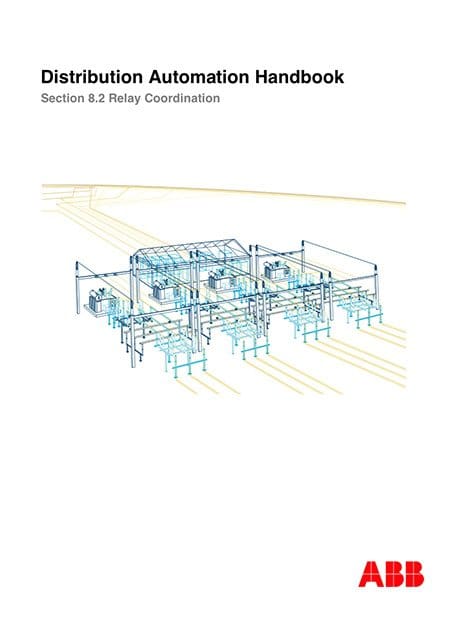Introduction
The selected protection principle affects the operating speed of the protection, which has a significant impact on the harm caused by short circuits. The faster the protection operates, the smaller the resulting hazards, damage and the thermal stress will be.

Further, the duration of the voltage dip caused by the short circuit fault will be shorter, the faster the protection operates. Thus, the disadvantage to other parts of the network due to undervoltage will be reduced to a minimum. The fast operation of the protection also reduces post-fault load peaks which, in combination with the voltage dip, increase the risk of the disturbance spreading into healthy parts of the network.
In transmission networks, any increase of the operation speed of the protection will allow the loading of the lines to be increased without increasing the risk of losing the network stability.
Good and reliable selectivity of the protection is essential in order to limit the supply interruption to the smallest area possible and to give a clear indication of the faulted part of the network. This makes it possible to direct the corrective action to the faulty part of the network and the supply to be restored as rapidly as possible.
Thus, attention must be paid to the operating speed of the protection, which can be affected by a proper selection of the applied protection principle.
Selective short-circuit protection can be achieved in different ways, such as:
- Time-graded protection
- Time- and current-graded protection
- Time- and direction-graded protection
- Current- and impedance-graded protection
- Interlocking protection
- Differential protection
| Title: | Distribution Automation Handbook – Power System Protection Practice // Relay Coordination and Selective Protection – ABB |
| Format: | |
| Size: | 590 KB |
| Pages: | 28 |
| Download: | Right here | Video Courses | Membership | Download Updates |


